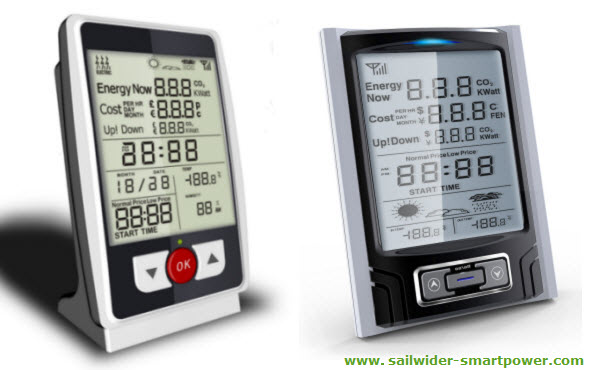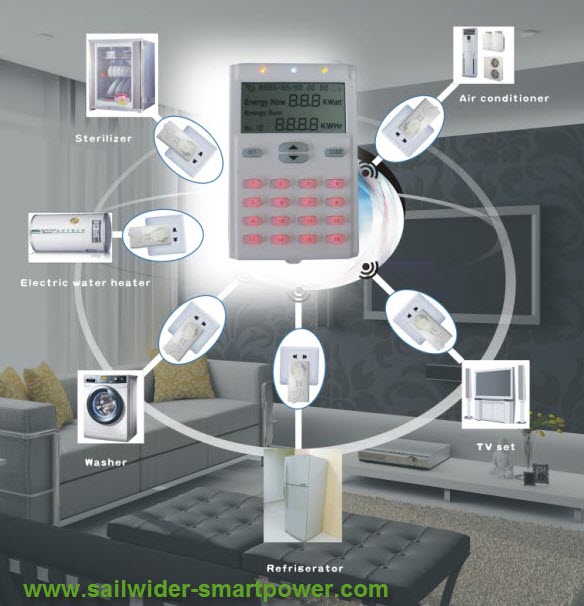Tumble Dryer and Washing Machine
Electric tumble dryers are
commonly the second biggest
energy user in the home, after
the fridge. They are obviously
used a lot less, but still use a
huge amount of electricity when
switched on.
You can avoid using the dryer so
often by line drying clothes
whenever possible or using an
indoor clothes dryer when the
weather is bad.
If
you do need to use the dryer,
then ensure the clothes are as
dry as possible after washing,
e.g., they have gone through a
fast spin so that there is
minimum excess water. This will
reduce drying time considerably.
Your washing machine and tumble
dryer are two of the appliances
in your home that use the most
energy. You may not be able to
cut down how often you use them,
but you can make some small
changes to how you use them that
will help you save energy and
money.
When using the washing machine,
between 85-90% of energy is used
just to heat up the water.
Therefore, dropping the water
temperature of your wash could
significantly decrease your
energy consumption. Over a year,
by using a warm wash rather than
a hot wash, you could cut
consumption nearly in half.
Other tips for conserving energy
when washing are: Only use the
machine when you have a full
load, and if you have to do a
smaller wash, use the half load
function. The spin on the
machine may mean that more
energy is used but by spinning
your clothes you are removing
more excess water, therefore
reducing your drying time in a
tumble dryer.
Lighting
In
most homes, about 10-15% of the
electricity bill is for lighting
so energy saving light bulbs can
cut your costs considerably.
Traditional bulbs waste a lot of
energy by turning it into heat
but energy saving bulbs work in
the same way as fluorescent
lights, the tubes coating glows
brightly as an electric current
passed through gas in the tube.
Replace halogen spotlights
with much more efficient and
longer lasting LED Spotlights.
They may be more expensive to
buy than traditional bulbs, but
they are worth the investment as
last over 10 times longer and
use up to 4 times less energy.
Where you would use a 100w
ordinary bulb, you would only
need a 20-25w energy saving
bulb. With savings like this,
changing bulbs throughout your
house could really cut your
electricity costs.
No
matter what type of lighting you
are using, always turn the
lights off when you leave a
room.
Turn down your
heating system thermostat.
For every degree you lower your
heat between 60° and 70° F you
can reduce your heating bill by
up to 5%. Wear an extra layer of
clothing in the house so that
you stay warm. Turn down
individual radiators - for
example, 16°-18° is warm enough
for bedrooms whereas 20°-22°C is
more comfortable in bathrooms.
Rooms that are rarely used can
have their heating turned all
the way down or off.
In
the summer use ceiling fans on a
fast setting instead of air
conditioning to keep cool. In
the winter, running the fans
slowly will push warm air
collected at ceiling height down
to where you want it. (If the
slowest setting on your fan is
too strong, reverse the
direction of the fan in the
winter so that the accumulated
warm air is blown up against the
ceiling and bounces more gently
down around the walls and into
the living space.
Fix a Dripping Tap
A dripping tap can be not
only annoying but if it is a
hot tap it can cost you in
both water costs and water
heating costs.
If left to drip, over time a
hot tap can waste enough
water to fill half a bath.
So don’t pour water and your
heating costs down the
drain, make sure you fix it.
Fridge and Freezer
The location of your fridge can
make a difference in how energy
efficient it is. Make sure it is
out of direct sunlight and not
close to the oven. It is best to
keep it against an outside wall
so that the heat it generates
can escape easily, and always
make sure that there is a few
inches space all around the
fridge so that air can
circulate.
Make sure you defrost your
fridge and freezer on a regular
basis or whenever necessary. An
iced up freezer will make the
freezer work harder, therefore
wasting more energy than needed.
Only set your fridge to as cold
as you need it and avoid keeping
the door open for long periods
of time as the more cold air
that escapes, the harder the
fridge has to work. You should
check the seal regularly as
well, as if it is damaged then
cold air will be escaping also.
You should never put warm or hot
food into the fridge as this
will make the fridge work extra
hard to try and keep it cold;
always allow food to cool down
first.
Another good tip is to defrost
frozen food in the fridge as
this helps to keep it cool as it
thaws.
Solar Garden Lights
There are a number of different
solar powered lights available
at the moment for use in the
garden. These lights are highly
energy efficient and convenient
as do not require external
extension leads or special
electric fittings. These lights
contain solar cells which
convert the suns energy into
electricity. They charge up
during the daylight and light up
as it gets dark. They are not
usually hugely bright but are
less intrusive than electric
lights and look nice in the
flowerbeds.
Electric Oven
Cook many items at the same time
when your electric oven is hot.
Use a microwave to reheat
food or to cook small portions.
Although a microwave uses a lot
of power, it does so over a very
short time and so saves energy
overall. Use a convection oven.
A small fan inside circulates
hot air throughout the oven
cutting cooking times by up to
30%. Don't preheat the oven for
roasting. Don't keep opening the
oven door. Every time you do so,
your oven loses 20°C of heat.
There are a few easy ways to
save energy when cooking which
can also speed up the amount of
time you spend over a hot stove.
Always use the correct size pan,
and when heating water only use
the amount you need so the
electricity is not burning
unnecessarily to heat the
excess.
If
only using a small pan, then use
a smaller burner. Boiling water
in the kettle first will save
the time the burner needs to
heat the water, and putting a
lid on will help it come to a
boil quicker.
When making a cup of tea, only
boil the amount of water that
you need. Boiling a full kettle
unnecessarily is a waste of
electricity.
Electricity Usage Monitors
The basic figures contained
within a monthly or quarterly
electricity bill do not give you
much information as to where
your electricity is going - they
just tell you how much you have
used in total during that period
and how much totally you need to
pay. Therefore it is well worth
considering purchasing an
electricity usage monitor and
using it to see exactly where
all your hard-earned money is
going.
One great way to find out how
much electricity each of your
household appliances and
electronic devices uses is with
a wireless electricity
power/energy monitor, which
shows you in real time exactly
how much money your total home
or office electricity usage is
costing you. These monitors can
help you reduce your electricity
consumption by as much as 20%
simply by showing you what you
are using.
Sailwider-SmartPower is a developer and
manufacturer of electricity power
monitor and controlling system.

Most electricity energy monitors
in the market are uni-directional
(1-way) only, that means you can
only get energy consumption
information from the monitor.
The
bi-directional (2-way)
electricity power monitoring and
control system
from Sailwider-SmartPower makes
the user not only able to
monitor the electricity usage,
but also can easily remote
control the connected electrical
appliances wirelessly, providing
great convenience to electricity
efficiency management.
 |


